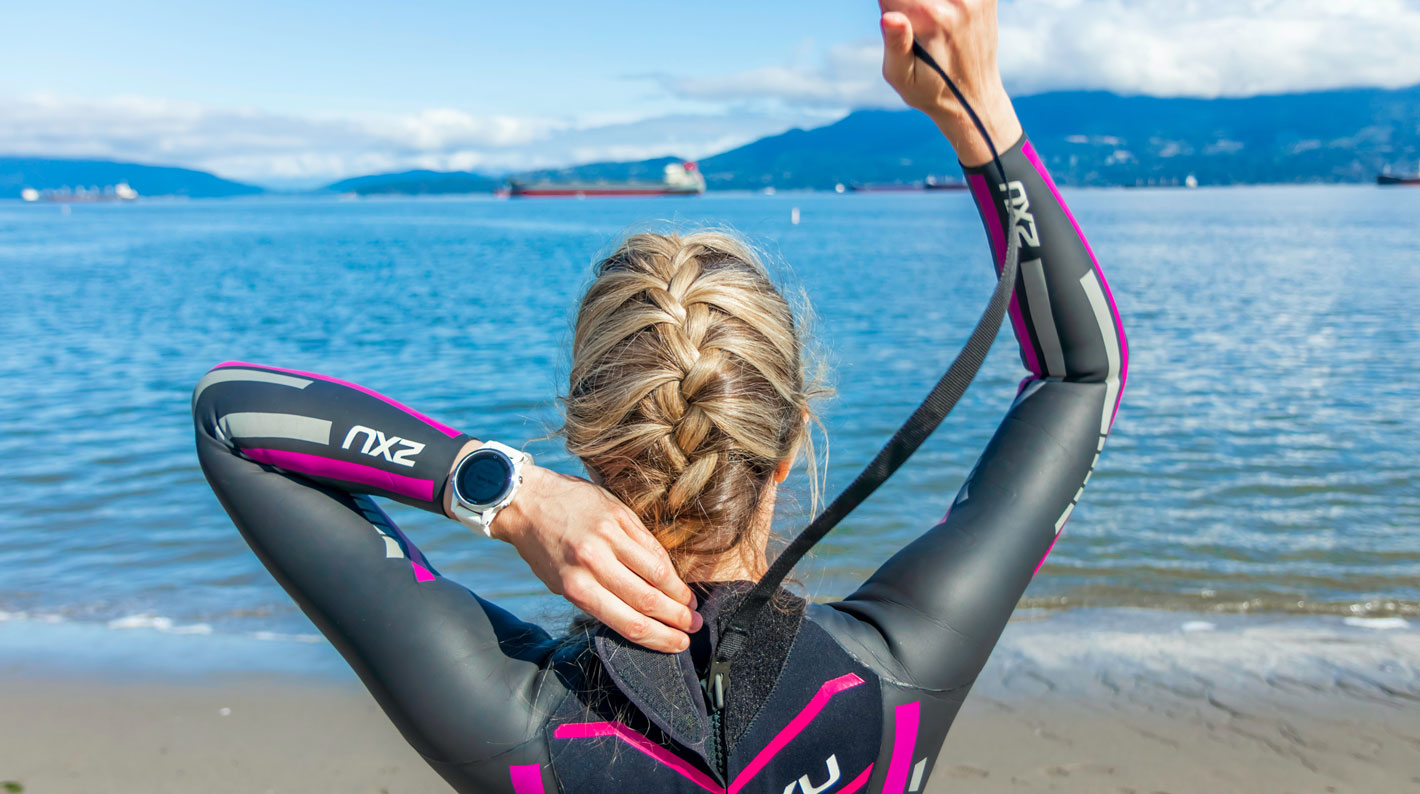
Tips for ocean swimming this summer
If you can swim in a pool you can swim in open water, right? Wrong. Swimming in the ocean is a great way to enjoy the outdoors, connect with nature and keep fit. However, it’s not as simple as just changing location.
There are several extra elements to consider in the ocean, so swimmers need careful preparation and an understanding of potential dangers to stay safe. Swimmers should also have a good level of competency in the pool before heading to open water.
In this blog, Lauren Taylor, SwimMagic Assistant Manager and ocean swimming enthusiast, explains the differences between pool and ocean swimming and why embarking on your outdoor water journey is well worth the effort.
Preparation
It’s important to prepare physically and mentally for an open water swim. The environment is much more challenging than the pool, so you’ll need the right gear and knowledge to get started.
Firstly, you need to be a proficient pool swimmer. You cannot stand up in the sea if you become tired, so you need to know your body is up to the challenge. Lauren recommends being able to swim at least 1km nonstop, have a strong freestyle stroke and a good kick before getting into the ocean.
Even if you’re experienced in the water, it’s always best to swim with a friend or find a local swim group for safety. “It’s someone to look out for you, who can see you and make sure you’re OK,” says Lauren. She also recommends wearing a tow float (in a bright colour), so swimmers, jet skiers, parasailers, and anyone else in the water can see you.
Unlike the pool, ocean water can be chilly. Coldwater is invigorating but it can also be a shock to your body if you’re not used to it. Invest in a wetsuit that will keep you warm and provide some buoyancy. In the warmer months, the temperature can reach 17 degrees, so you might not need it. It’s also a good idea to take a hot drink in a flask to warm you up when you get out of the water.
Differences, dangers and staying safe
There are several differences between swimming in a pool and the ocean. Here are the key ones to be aware of:
Tides - Check the tide before you leave home. Two hours before or after high tide is the best time to swim, so you have enough space to leave your things on the beach and you don’t have to wade out too far to reach deep water.
Water quality - Check the water quality of your beach before leaving home. You can do this on your local council website or the Clean Swim NZ app, which will show whether it’s safe to swim or if there’s a risk of illness.
Waves, currents and rips - These are all dangers when swimming in open water. Assess conditions before you head out. Is it windy? Are there high waves? Is the beach patrolled by surf lifesavers? Get to know your local beach and the safest areas to swim.
Limited visibility - Weather and seasonal changes can cause murkiness in the water, making it hard to see hazards such as rocks, logs and uneven surfaces. Enter the water slowly and check your environment for potential danger. Aim to swim towards a landmark or buoy so you stay in a straight line. Spot check your surroundings every three strokes to look for potential danger and make sure you’re swimming towards your target.
Benefits
There are a huge number of benefits to swimming outdoors. Breathe in the fresh air, feel the salt water on your face and take in the scenery. Being outside is more interesting than swimming in a pool, and harder “so when you’re finished you feel more accomplished,” says Lauren. It can also be a social experience, as there are several ocean swim groups that meet regularly.
Being well prepared before you head to the beach will kick-start your open water swimming, and keep you safe. While it requires a little more preparation than pool swimming, there are so many benefits and summer is a great time to give it a try.